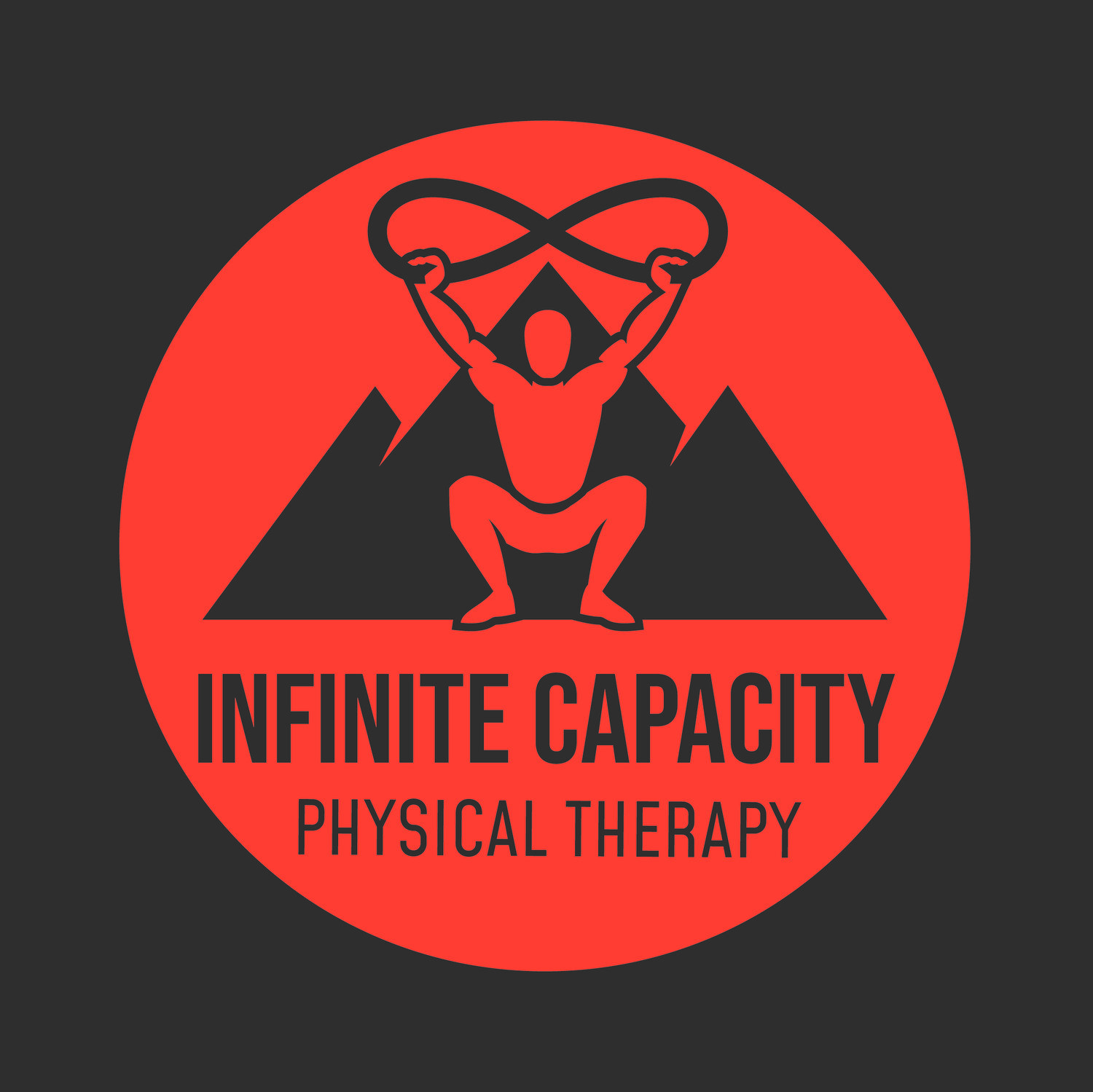Paving the Path to Running: Part 4- Tracking Volume and Load
In Parts 1-3 of this blog series, topics such as arthritis, injury prevention, running shoes, strengthening exercises for running, stretching, warm-up and cool-down have been covered. This part will discuss some ideas behind the tracking of running volume, important to the prevention of over-training and running-related overuse injuries.
If you ask someone who is about to engage in running for exercise, “What are you doing for your workout?” I’m guessing the majority of answers will be something similar to “I’m going to run for X amount of miles (or kilometers).” This is likely due to several reasons. The first reason is simply that running events are based on distances. If you are training to run a 5K, you will likely gradually increase your distance over time until you are able to comfortably run the necessary 5 kilometers or 3.1 miles. Due to this fact, the second reason is that many training programs available online (Couch to 5K, Run a Half Marathon, etc.) are mostly based on the gradual progression of distance in order to reach the goal of that event. The third reason is that there is a general rule in the running world that increases of total distance should not be more than 10% week-to-week, and therefore many of these training programs available online are built around the same concept. But is tracking distance actually the best way to be tracking volume?
To answer this question, let’s consider a couple scenarios. Scenario #1: jogging one mile at a conversational pace. Scenario #2: sprinting one mile at an all-out effort. Both distances are one mile, but the strain placed on the body while sprinting are going to be far greater than the strain while jogging at a conversational pace. Do a search online for “different types of running workouts” and you’ll find a plethora of options including base run, long run, recovery run, progressive run, tempo run, intervals, Fartlek, hill repeats, and more… and they all place different levels of strain on an individual’s system. So why would we only be concerned about the total distance traveled during each of these different workout types?
There may be a better way! Another method which has gained traction in both the research and fitness worlds is called acute-to-chronic workload ratios (ACWR). This method uses your past few weeks of training to determine what training volume your body is accustomed to, and compares it to your most recent week of training. The workload measures are based on time duration x self-perceived intensity (0-10). For example, to make the math easy, let’s say you accumulated a strain of 100 each of the last 3 weeks during training. You could safely say that during the next week, you could handle a strain of 100, give or take a little, with decreased risk of overuse injury. But if you were to increase that total strain to 150 or more during the next week, you may be placing your body at an increased risk for overuse injury.
This is a very simplified example, but you can see how this could offer a better alternative to volume tracking compared to distance alone. This is especially true for individuals who regularly utilize those multiple running workout types, placing variable strains on the body with each different workout form. For more information on acute-to-chronic workload ratios, see a previous blog series Training Load Monitoring.
Recently in research, there has been some questioning of the acute-to-chronic workload ratio, and its ability to accurately track workloads of the average individual. This is mostly due to the fact that most individuals’ workloads do not vastly vary from week-to-week, therefore, their ratio will not drastically change. If the ratio does not change significantly, they may have a false sense of security, when in fact they may still be at risk for overuse injury.
There may however, still be several specific populations which can benefit from this type of workload tracking. As previously mentioned, individuals with extremely varied exercise routines may find this method
helpful. Whether a runner performing multiple types of running workouts each week, or an individual incorporating varying forms of exercise (running, biking, strength training, swimming, etc.), acute-to-chronic workload ratio can provide a common way to track across all routines, forms, and exercise types. Another population is the athlete participating in competitions or events which create an acute spike in workload, or volume, during the week of the event. In this case, ACWR monitoring can provide a measurable goal volume for the event, which can appropriately be accounted for an increased in the weeks leading up to the event. For example, someone running a marathon with a goal of 4 hours (240 minutes) while running at a self-perceived intensity of 7/10 would need to plan for an acute workload of 1690 (240 minutes x 7 intensity) for that week (plus take into account any workloads from training runs leading up to the race that week).
As stated above, depending on fitness goals and training routines, ACWR may not be for everyone. There are, however, several simple guidelines you can follow to reduce your risk of overuse injury while improving your fitness. Progress slowly. Whether you have never run before and are looking to start, or if you’re a seasoned runner getting back into it after a period of time off, ease into it (just because you were able to run 5 miles
before winter, doesn’t mean your body is ready to run 5 miles after not doing it for the past 4 months). Start small. Ensure adequate rest and recovery between runs. Increase time and/or distance gradually.



